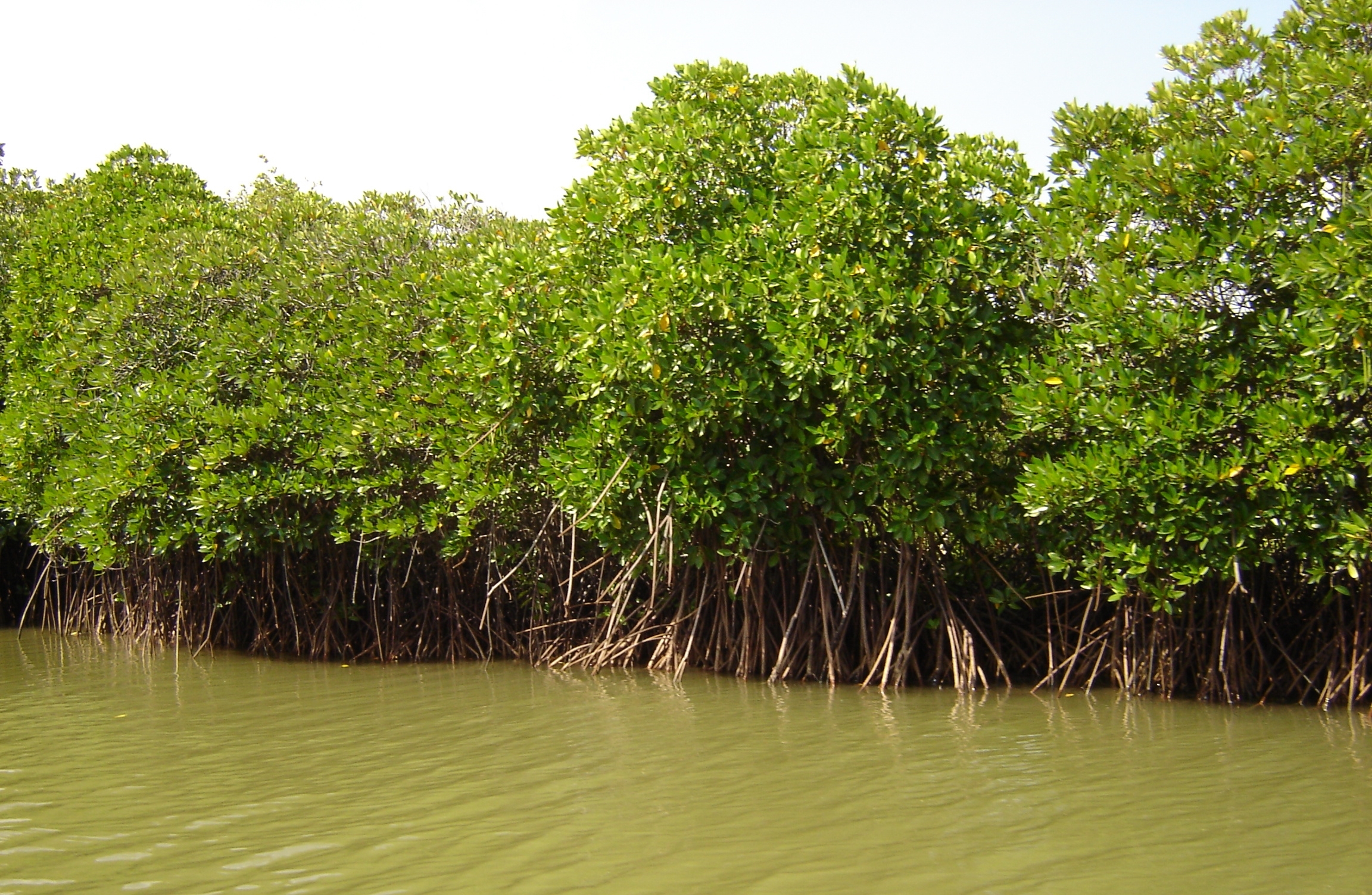Nestled along Goa’s sprawling coastline and estuarine backwaters are the lush mangrove forests that serve as a silent yet powerful guardian of the state’s rich biodiversity. Often referred to as the “green lungs of the coast,” these mangroves are a vital component of Goa’s natural environment, offering both ecological and economic benefits.
The Mangrove Ecosystem in Goa
Goa’s mangroves are primarily found in the estuaries of rivers. Such as the Mandovi, Zuari, Chapora, and Sal, as well as the backwaters and creeks that dot the coastal regions. They thrive in saline or brackish water, where freshwater meets seawater, creating a unique ecosystem. Common mangrove species in Goa include Rhizophora mucronata (red mangrove), Avicennia officinalis (black mangrove), and Sonneratia alba (mangrove apple).
These hardy plants are adapted to their challenging environment with specialized root systems that allow them to anchor in muddy soils, filter salt, and survive tidal fluctuations.
Ecological Importance of Goa’s Mangroves
Coastal Protection
Mangroves act as a natural barrier against coastal erosion, storm surges, and even tsunamis. Their dense root systems stabilize the soil. Reducing the impact of waves and currents, thus protecting both the coastline and nearby human settlements.
Carbon Sequestration
Mangroves are known as “carbon sinks” because they absorb large amounts of carbon dioxide from the atmosphere. They store carbon in their roots, trunks, and surrounding sediments, helping mitigate the effects of climate change.
Flood Control and Water Filtration
Mangroves play a critical role in flood control by slowing down water flow during high tides and heavy rains. They also act as natural filters, trapping sediments and pollutants, thereby improving water quality in the surrounding areas.
Livelihood Support
For local communities, mangroves are a source of sustenance and income. They support fisheries, which are a cornerstone of Goa’s economy. People use wood from mangroves for construction, and they utilize their leaves and bark for medicinal purposes. Additionally, ecotourism focused on mangrove trails is gaining popularity in Goa.
Threats to Goa’s Mangroves
Despite their importance, mangroves face several threats:
- Urbanization and Infrastructure Development: The rapid growth of cities and tourism-related infrastructure has led to the destruction of mangrove habitats.
- Pollution: Discharge of industrial waste, plastic pollution, and oil spills in nearby rivers and estuaries pose a significant threat to mangroves.
- Illegal Reclamation: Reclaiming mangrove land for agriculture or construction disrupts these fragile ecosystems.
- Climate Change: Rising sea levels and changing salinity levels are putting stress on mangroves, impacting their growth and survival.
Conservation Efforts in Goa
- Legal Protection: Goa’s mangroves are protected under the Environment Protection Act of 1986 and the Coastal Regulation Zone (CRZ) Notification of 2011, which prohibit their destruction and encourage afforestation.
- Mangrove Forests as Biodiversity Heritage Sites: Certain areas, like the Dr. Salim Ali Bird Sanctuary on the island of Chorao, are designated as biodiversity hotspots and are carefully monitored for conservation.
- Community Participation: Local communities are increasingly being involved in mangrove restoration projects and sustainable ecotourism initiatives.
- Awareness Campaigns: Organizations and NGOs in Goa regularly conduct campaigns to highlight the importance of mangroves and the need for their conservation.
A Call for Preservation
Goa’s mangroves are more than just trees. They are the lifeblood of the coastal ecosystem and a crucial ally in the fight against climate change. Protecting and restoring these mangroves is not just an environmental priority but a cultural and economic necessity for Goa. By preserving these green guardians, we ensure a sustainable future for the land, its people, and its biodiversity.


